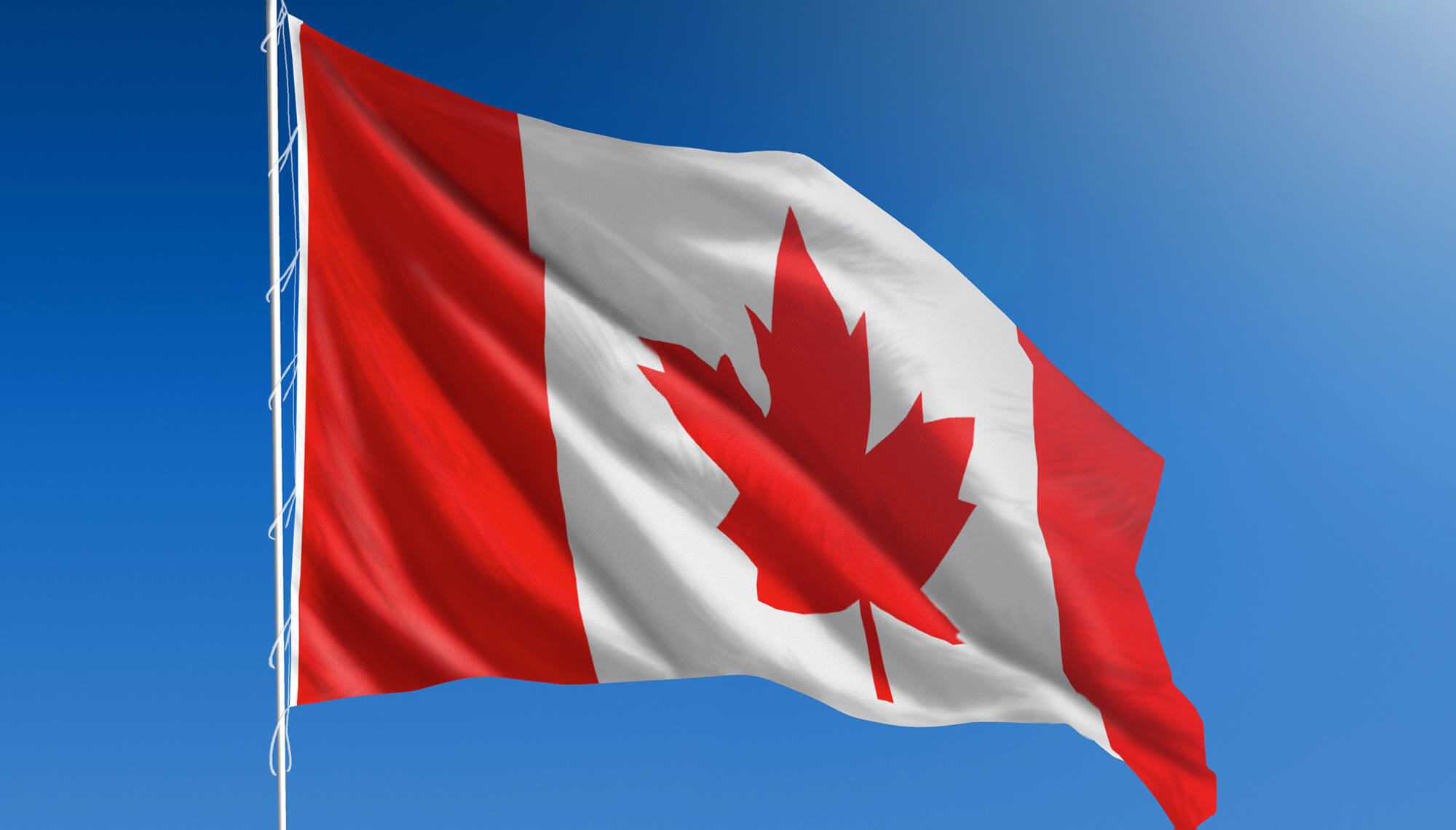Manufactured Items may be Subject to the New Substances Notification Regulations

31 May 2019
The Times They are a Changin'!
Last October, the Government of Canada proposed a change in their handling of the Manufactured items policy, which would cause certain substances that are not currently regulated to be subject to the New Substances Notification Regulations (the Regulations).
Presently, a substance (e.g., fluid, particulate matter, etc.) is considered an integral part of the manufactured item if the normal release of the substance is controlled, non-dispersive, and is specific to the end use (e.g. , the release of ink in pens).
The proposed change will make the intended release of any substance contained in the manufactured item, which is not specified on the DSL (e.g., the release of the ink from a pen), subject to the Regulations. The proposed text is as follows:
3.2.2.2 Subject to the Regulations
While manufactured items are not subject to the Regulations, a substance that is intended to be released from a manufactured item is subject to the Regulations or SNAc provisions. The release of a substance is considered to be intended if it occurs during use or maintenance of the manufactured item, and the release contributes to a function of the manufactured item.
Regardless of whether a substance is subject to the Regulations due to its release from a manufactured item, if it is otherwise imported into Canada (e.g., in bulk form) or manufactured in Canada, it is subject to the Regulations.
The Government also provided the following tables with examples of manufactured items containing substances intended (Table 1) or not intended (Table 2) to be released from the manufactured item (subject to the Regulations or SNAc provisions).
Table 1: Examples of manufactured items containing substances that may be released from a manufactured item and the release is intended (subject to the Regulations)
Manufactured item (not subject to the Regulations or SNAc provisions) | Substance intended to be released from the manufactured item (subject to the Regulations or SNAc provisions) |
Electric air freshener diffuser | Substances intended to be emitted from the air freshener diffuser, such as fragrances, solvents, etc. |
Personal care wipes | Substances intended to be delivered by the wipes such as surfactants, fragrances, etc. |
Deodorant/antiperspirant product | Substances intended to be released by the deodorant/antiperspirant product such as antimicrobials, chelating agents, propellants, fragrances, etc. |
Writing instruments (e.g., pens, dry-erase markers) | Substances intended to be released from the writing instrument (components of the ink) such as pigments, dyes, solubilizing agents, solvents, fragrances, etc. |
Printer cartridge | Substances intended to be released from the cartridge (components of the ink or toner) such as antistatic agents, pigments etc. |
Dryer sheets | Substances intended to be released during use such as fragrances, antistatic substances, etc. |
Pre-loaded syringe | Substances intended to be delivered by the syringe such as pharmaceutically active and non-active ingredients. |
Lipstick | Substances intended to be delivered by the lipstick such as pigments, emollients etc. |
Motor vehicle | Substances intended to be released such as substances in windshield washer fluid. |
Table 2: Examples of manufactured items containing substances that may be released from a manufactured item, but the release is not intended (not subject to the Regulations)
Manufactured item (not subject to the Regulations or SNAc provisions) | Substance NOT intended to be released from the manufactured item (subject to the Regulations or SNAc provisions) |
Electronic devices (e.g., computer) | Substances such as flame retardants that are not intended to be released from the device's casing and the release does not contribute to any function of the item. |
Textiles (e.g., carpet, towels, clothing) | Substances such as stain repellents and dyes that are not intended to be released from the textile and the release does not contribute to any function of the item. |
Motor vehicle | Substances such as lubricants, antioxidants, etc. in crankcase oil. The release of the substances constituting the oil is intended only during oil changes (maintenance purposes). There is no intentional release of these substances from the vehicle (the manufactured item) that contributes to its function. |
So, what do you need to do to comply?
At this point, there is nothing to do as this is only a proposal. If the Government implements this change, manufacturers or importers of manufactured items containing substances that are not specified on the DSL and are expected to be released from these items in normal and expected normal use (intended release from the manufactured item) will need to notify the released substances under the New Substances Notification Regulations of CEPA 1999. If you are the manufacturer or importer, you will need to collect, organize and report specific use, exposure and quantity information for any substances being released from the manufactured item at volumes that exceed the reporting thresholds. You will have to determine whether your substances meet the reporting thresholds based on raw sales data. If so, you will be required to compile the raw data and categorize your substances in order to prepare your notification to the Government.
If you do not have a Single Window Information Management (SWIM) account, you also may wish to set one up with Environment and Climate Change Canada, since preparing and submitting the information by mail can be extremely laborious and time consuming. It is important to submit the information before exceeding the reporting threshold to ensure your company's compliance.
Do you have questions about this topic, the Chemicals Management Plan (CMP) or a related topic? Contact our experts at Intertek. We're here to help! (chemicals.sci-reg@intertek.com)

Dan Bastien
Associate Director - Chemicals Group
Health, Environmental & Regulatory Services (HERS)
Today's expert blogger is Dan Bastien. Dan is the Associate Director of the Intertek Chemicals Group and is well known for his ability to effectively characterize and communicate the impacts of the regulatory environment on the chemical Industry. Dan is a subject matter expert in Canada with specific experience in the Chemical Management Plan (CMP), which includes Canada's New Substances Notification Program and the Assessment of Existing Substances. He has presented on these topics at numerous conferences around the world, held training sessions for the chemical industry, and co-authored guidance documents and other types of publications in Canada. Prior to joining Intertek, Dan managed, for over 20 years, the Client Services Unit of the New Substances and the evaluation of Existing Substance programs under the CMP. This makes Mr. Bastien uniquely qualified to provide practical, best-in-class service to help meet and understand Global Chemicals Management requirements.